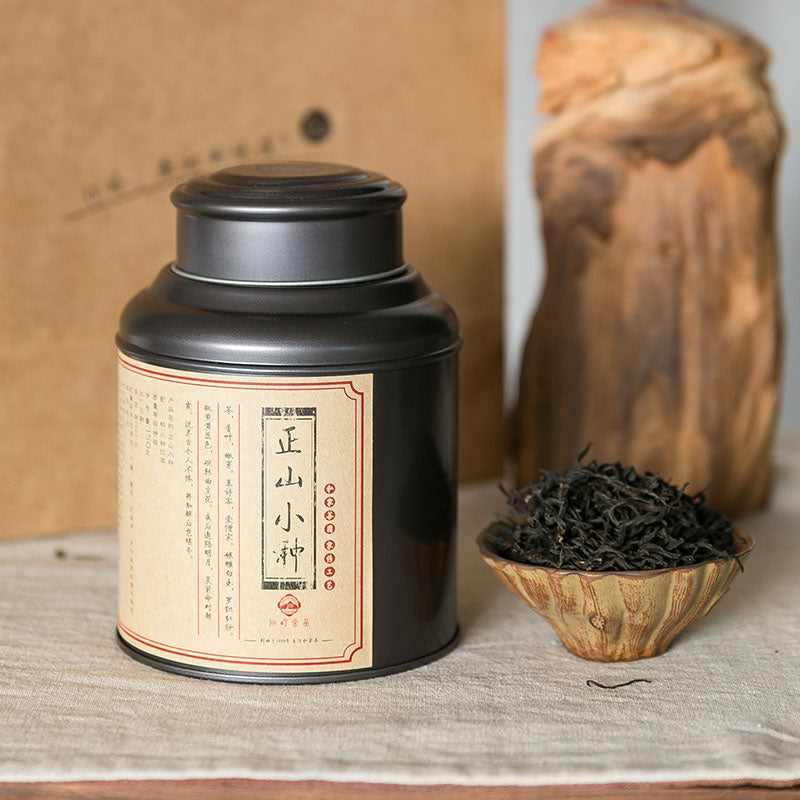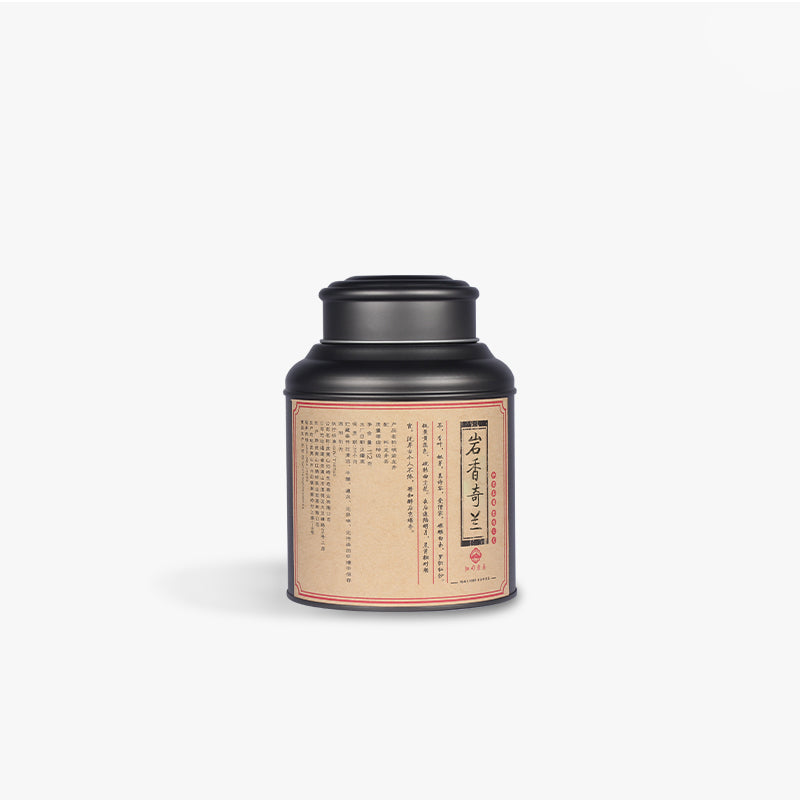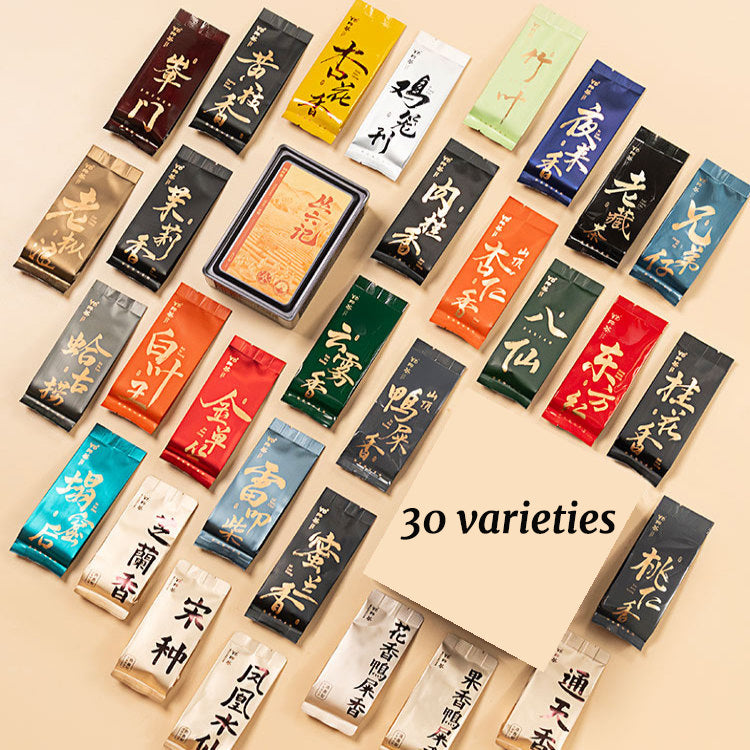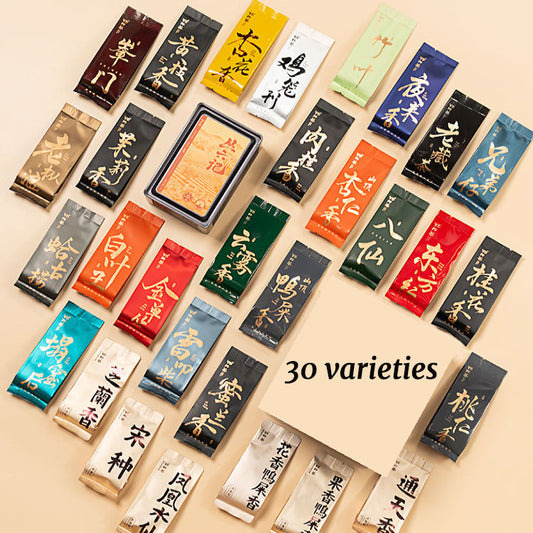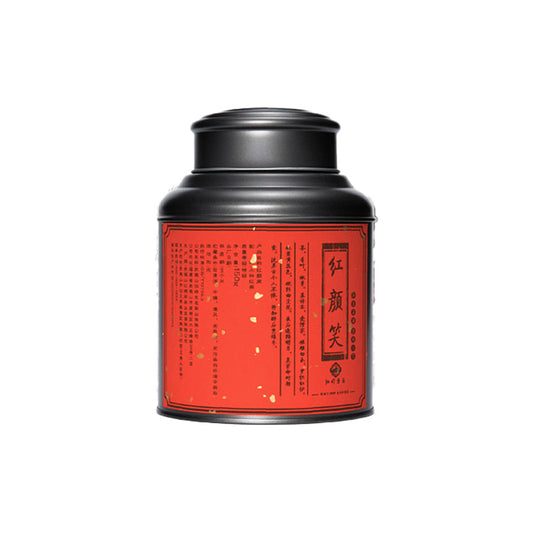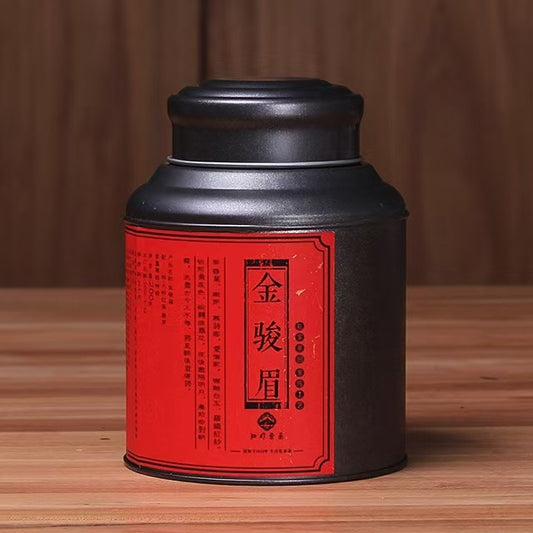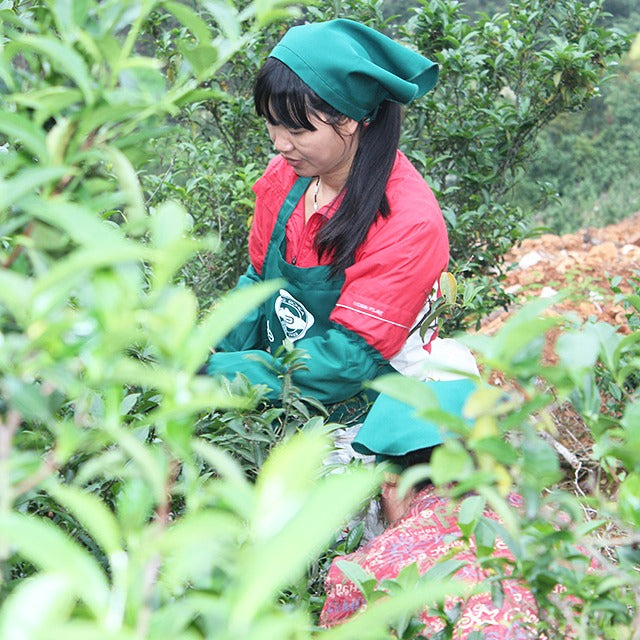Flower Bulb Tea A Blossoming Delight
Flower Bulb Tea A Blossoming Delight
Tea is a world unto itself, a serene journey through flavors and traditions that span centuries. Among the countless varieties, flower bulb tea stands out as a unique expression of beauty and taste, intertwining the artistry of floral blooms with the soothing ritual of tea.
Originating from China, flower bulb tea is a testament to the country's enduring relationship with both horticulture and tea craftsmanship. One of the most celebrated forms is blooming tea, which consists of tea leaves expertly wrapped around dried flowers such as jasmine, chrysanthemum, or lily. The magic unfolds when hot water is introduced, coaxing the bulb to open into a mesmerizing floral spectacle. This moment is more than just a visual treat; it encapsulates the harmony and patience inherent in Chinese tea culture.
Brewing flower bulb tea is a simple yet rewarding experience. It requires nothing more than a glass teapot—transparent to showcase the bloom's unfurling—and boiling water. As the water works its way through the layers of leaves and petals, the flower emerges, slowly but surely, offering a quiet reminder of the virtues of taking things slow. This gradual reveal is an opportunity to pause, to breathe, and to appreciate the delicate balance between nature and human endeavor.
The taste of flower bulb tea is as delicate as its appearance. Unlike the robust flavors of black or pu-erh teas, these floral infusions are often light, with subtle aromatic notes. Jasmine, for instance, brings its romantic scent to the forefront, while chrysanthemum offers a gentle, herbal sweetness. Although the taste spectrum might seem narrow, each bulb tells its own story, shaped by the choice of flowers and the skill of the artisan who crafted it.
One cannot discuss flower bulb tea without acknowledging its aesthetic dimension. In a world increasingly driven by the hustle and bustle of technology and modernization, the quiet elegance of a flower bloom in a teapot can be a meditative escape. It's a ritual that, while simple, invites one to reflect on the impermanent beauty of life—a notion deeply rooted in Eastern philosophies.
For those who enjoy a bit of variety, flower bulb tea can serve as an elegant complement to more robust teas such as oolong or green tea. Its lighter profile can act as a palate cleanser or as a gentle entry point to the world of tea for those new to the journey. Imagine savoring a cup of Tieguanyin oolong, its rich, earthy notes mingling with the soft sweetness of a jasmine bloom—each sip an exploration of contrast and complement.
As you consider adding flower bulb tea to your collection, remember that it's not just about the drinking experience. It's about participation in a tradition that celebrates both the artistry of tea and the extraordinary beauty of nature. Whether shared with friends or enjoyed in solitude, it promises a moment of serenity—a fleeting, fragrant pause in the rhythm of daily life. After all, isn't that what tea is all about?

